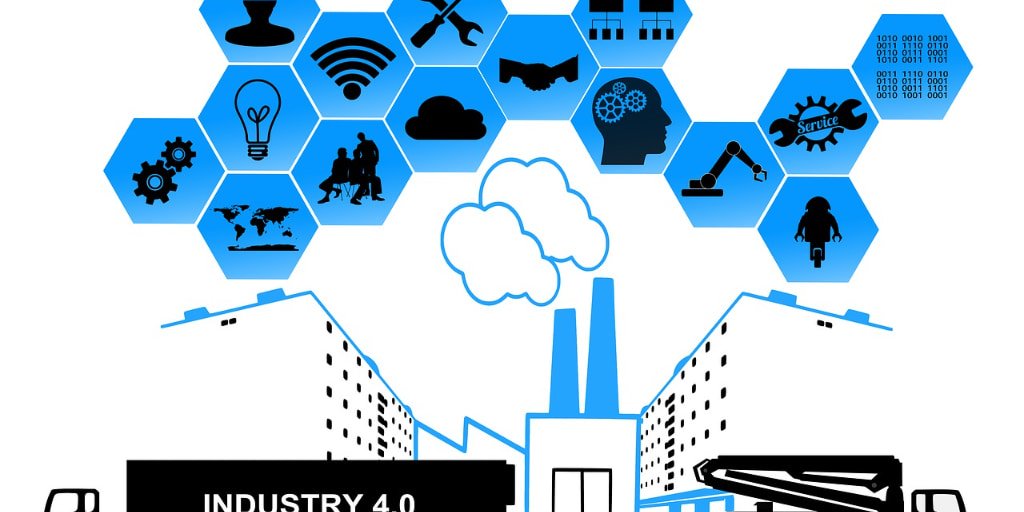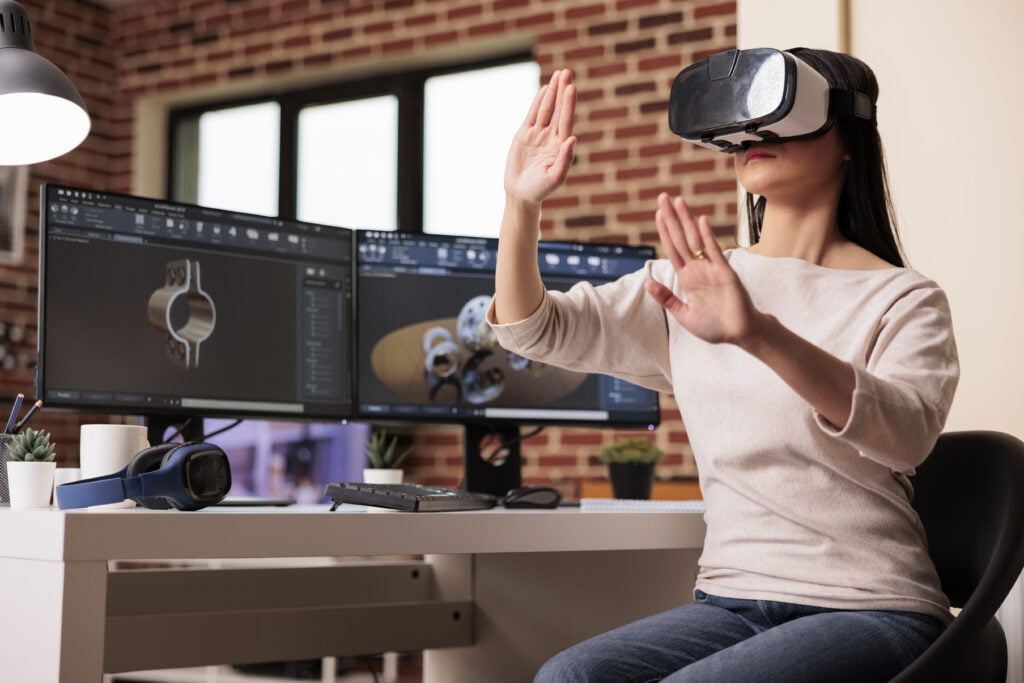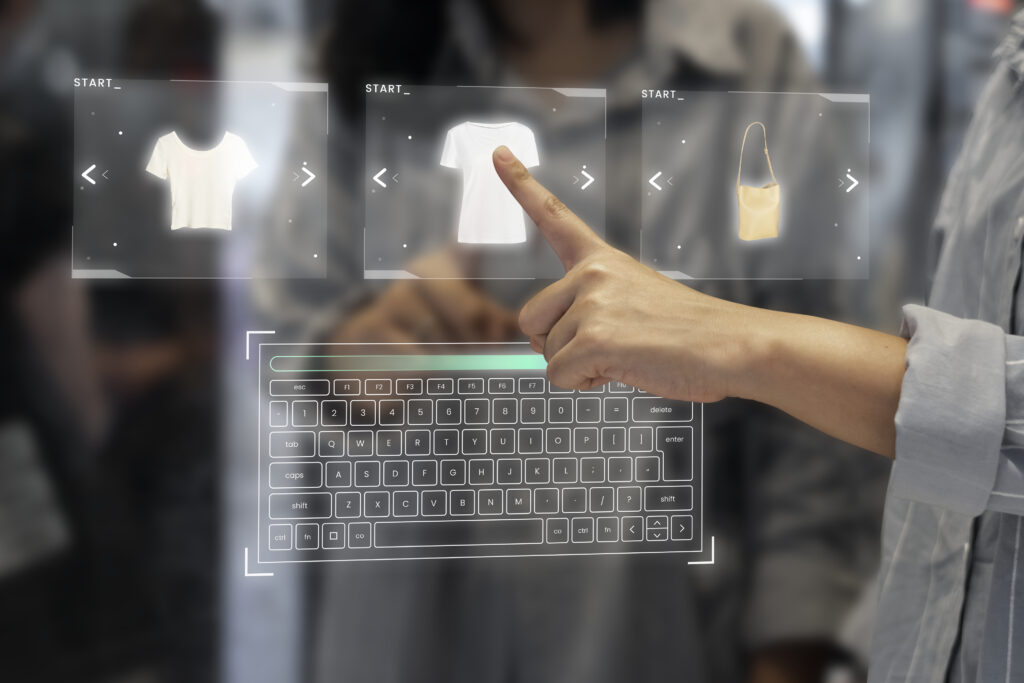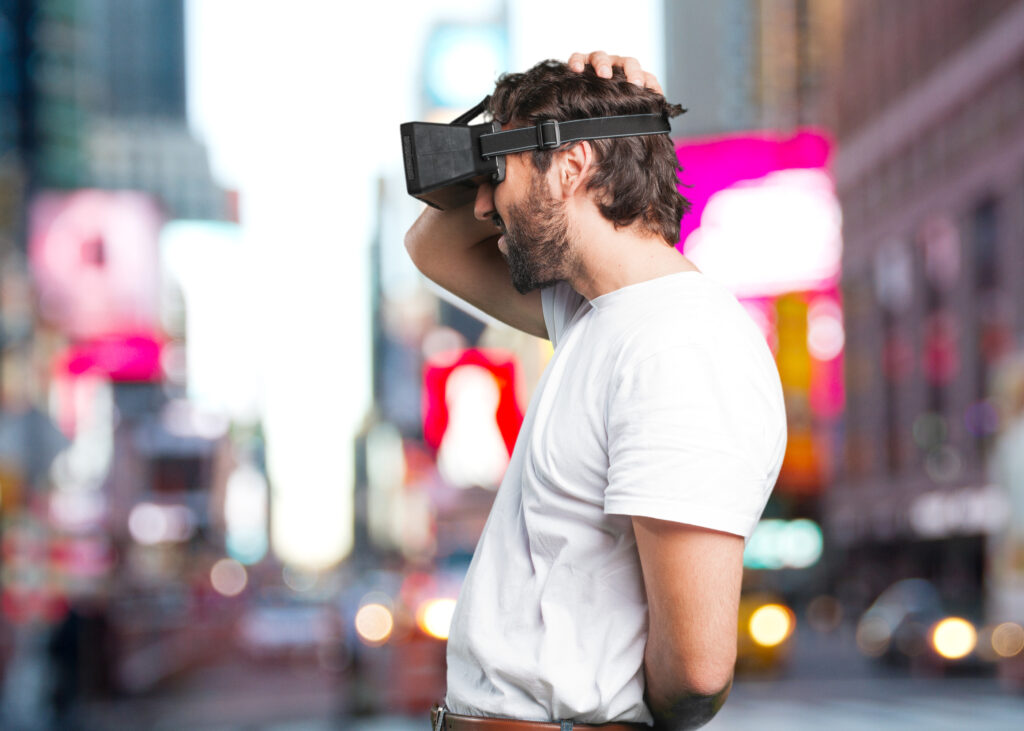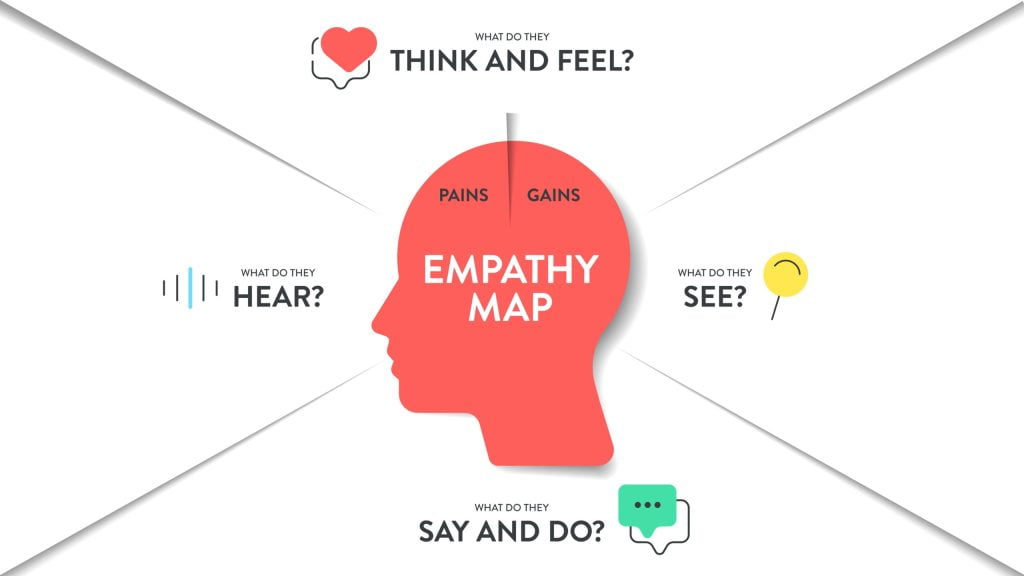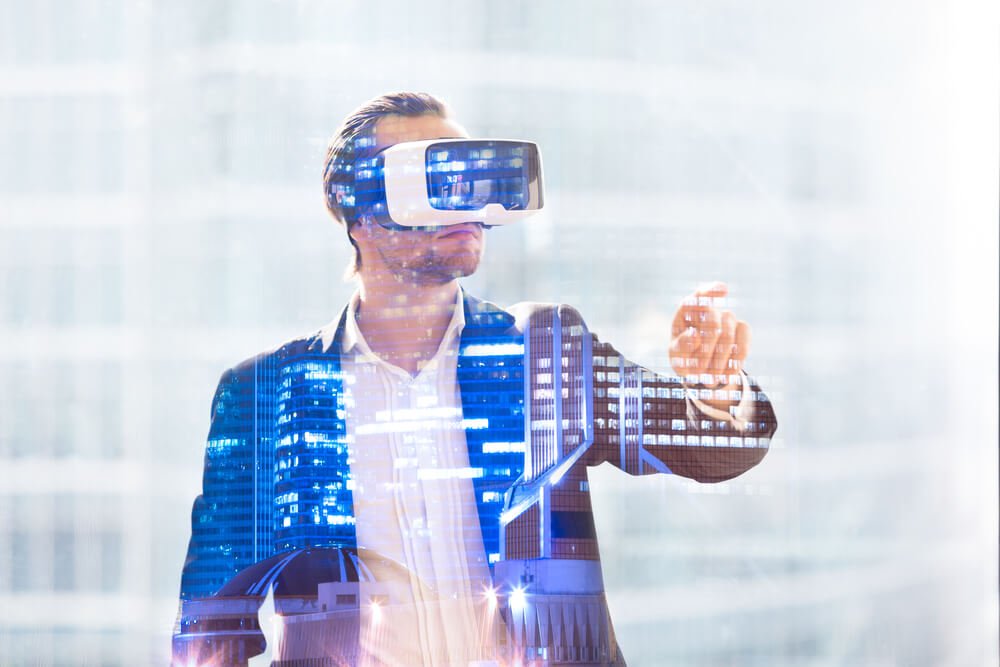VR in manufacturing – how Virtual Reality changes the production of tomorrow
Table of Contents:
A few years back, Virtual Reality might have been associated mostly with gaming and entertainment. And yes, VR, AR and MR have revolutionized these industries. However, VR technology has been gradually finding application in a wide array of other industries. This includes manufacturing and design. From design and prototyping to the final production and assembly, VR in manufacturing is now present at every stage of the manufacturing process. Manufacturing, one of the most competitive business environments, is very often dependent on non-disruptive performance and downtime that result in massive revenue losses. Therefore, using the potential of Virtual Reality and virtual simulation might be a real breakthrough in the manufacturing process.
How Virtual Reality is used in manufacturing and design?
In most industries, VR is often used for demonstration of how a product would look without creating a physical prototype. VR product design is e.g. used in the automotive industry – you can use Virtual Reality to create virtual representations of yet non-existent vehicles in the tiniest detail. This allows engineers to see what it will be like to be inside of the future car. On top of that, companies use Virtual Reality to manage their inventories. Warehouse workers use VR headsets to manage inventory databases. Guessing and getting lost amidst shelves is not a problem anymore – everything is quickly located, and manual labor is almost eliminated. VR also eliminates the hazards and risks associated with the use of an assembly line. The production environment is perfectly simulated so potential threats may be indicated and eliminated long before they even arise. VR in manufacturing is a great opportunity to inspect production lines for potential risks and thus help ensure quality and safety.
Thanks to VR prototyping and VR manufacturing, your physical location is no longer a problem. You can virtually bring in outside experts to repair essential equipment – the remote expert just appears in VR. How does it work? Whenever a valuable piece of equipment has an issue, an expert doesn’t have to fly in from across the country to evaluate and make repairs. VR technology allows them to see the equipment’s issues to communicate the solution to the worker in the plant. Also, training and employee instruction may be handled easier as Virtual Reality stimulates every possible process and environment. Workers get virtual instructions projected into their VR glasses which helps the entire company save months of lengthy training.
This is how VR in manufacturing is utilized. What are the most important benefits of VR product design?
Reduces expenses
From a business perspective, this is the most important benefit of Virtual Reality in manufacturing. VR solutions may eliminate the costly trial and error phase. They provide guidance and instructions in real-time which reduces training and coaching expenses. VR prototyping is something that revolutionizes design – so far, to get products that meet specifications, you have had to create, and test (often multiple times) prototypes which has been both expensive and time-consuming. Now, VR allows you to build full-scale models and engineers can see each piece of equipment involved in the design of a product. They don’t have to construct it for real, instead, they put it together in the virtual world. Some research shows that such an approach can even cut training time by 75% per person. On top of that, the most experienced engineers can focus on areas that need expertise.
Increases security
The manufacturing sector has a higher risk of accidents than in others. There are numerous reasons that can lead to accidents at work. Among the others, there are falling objects in the warehouse space, equipment failure, high noise, which can damage hearing capacity etc. VR product design and VR manufacturing increase the predictability of production processes so in consequence, increase the level of security. Virtual Reality technology helps detect and eliminate threats so that the number of onsite accidents can be reduced. It helps identify potentially dangerous situations. VR can be also used to immerse employees in their future workstations.
VR in manufacturing brings designers’ and engineers’ work to a completely new level
Virtual Reality makes your business more competitive. You can omit intermediary phases of the production process. Among the others, you don’t have to create physical prototypes, instead, you can quickly launch new products into production with no need to implement costly fixes. The demand for expertise and training is reduced which accounts for increased time-to-value. Teams of engineers and designers don’t have limits in creating prototypes as everything can be easily corrected and fixed before the exact physical prototype is even built. VR prototyping can also be a breakthrough in a designer’s creativity. They do not have any limits while inventing new solutions and designs. Thanks to VR, they can think of solutions they weren’t able to even dream of before.
Improves the quality
Most business owners when asked about the key benefits of VR manufacturing, say that Virtual Reality significantly increased precision to every aspect of their industrial manufacturing processes. Manufactured goods are of higher quality and so are the quality assurance processes. Cameras, motion sensors, depth sensors and other elements of VR technology help to place images onto the real working environments. Paper materials, drawings, and sketches – you can forget about them and switch to 3D visualization, so that engineers can see all parts and instructions on how to assemble a particular component the right way. In consequence, the quality of the products is better. Testing and assuring quality are easier and more effective, technicians can seamlessly ensure each part of the product (or e.g. a vehicle) is on just right. This may increase accuracy up to 96%. In the automotive industry, VR technology also allows simulating road and weather conditions (rain, snow, wind) to test mechanics from a driver’s perspective to create a safer, cutting edge product.
Enables you to eliminate disruptions and downtime
Most companies from the manufacturing industry have lines working 24 hours a day, 7 days a week. It means that they literally cannot afford any downtime. Virtual Reality helps pinpoint any mistakes which could lead to potential disruptions. It simulates manufacturing processes and performs virtual testing of production lines and equipment. This way, VR in manufacturing is a way to eliminate errors and disruptions before they stall operations. Downtime is also eliminated thanks to virtual instructions. Any time someone from the team is ill or just absent (especially when it concerns an experienced worker) there is a risk of downtime. Virtual Reality allows even a junior employee to perform sophisticated tasks guided by virtual instructions.
Makes training more efficient
In manufacturing, it is crucial that every employee gets proper training. Otherwise, they are not able to handle machines and manufacture products. Unfortunately, such training requires arranging training courses at different sites because there are many companies which are not limited to only one location. Thanks to VR manufacturing, companies don’t have to invest so much money in employee training. VR manufacturing training is easier to proceed with, cheaper and at the same time, the quality of education is even higher than regular on-site training or onboarding. Learning new things and going through whole processes is more approachable and easier to follow for participants.
Summary of virtual reality in manufacturing
Manufacturers and product designers very often face various problems, both in designing prototypes and the manufacturing process itself. Virtual Reality turns out to meet the requirements of each manufacturer who wants to lower the costs, improve the quality, and move production processes to a brand-new level. Will VR revolutionize manufacturing? It already did!
Read also: VR In The Retail Workplace.
Author: Rafał Siejca
Rafal has over twenty years of corporate experience, including roles at Millennium Bank, Comarch, and leading software teams at PZU, one of Europe’s largest insurance companies.As one of Poland’s few true VR experts with a decade of experience, he ensures timely, high-quality project delivery as CEO and CTO.

